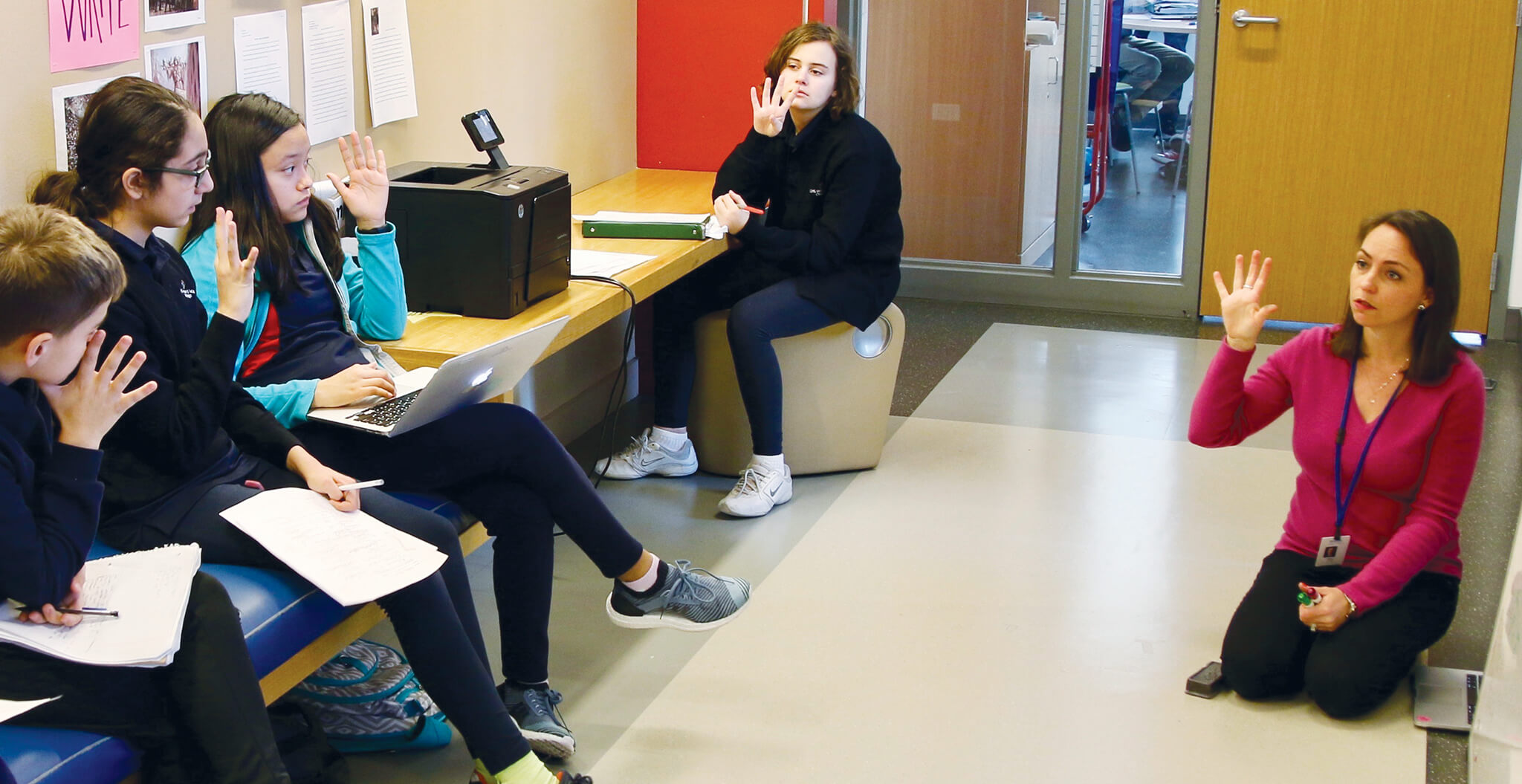

Using Math to Help Students Think, Design, and Innovate
{This post is the first in an ongoing series of profiles of GEMS World Academy faculty members.}
A key tenet of the math program at GEMS World Academy Chicago is that math can be found everywhere. So, it seems, can Meg Knapik, the math curriculum coordinator & specialist at GEMS.
On any given day, you might find Ms. Knapik meeting with other GEMS administrators, ensuring that math instruction is aligned throughout the curriculum. Or, she could working in one of our Lower School classrooms to support teachers and students in their math inquiries; or maybe she'd be sitting be in one of the school's hallways, providing specialized math enrichment to a small group of learners.

All of this work makes Ms. Knapik a key (and busy) figure in the school’s effort to build a problem-solving mindset through the study of math.
"I feel lucky to have the exciting job of fostering this culture of critical thinking and problem-solving within our GEMS community," Ms. Knapik said. "I love when the students are visibly bursting to share their ideas."
The study of math at GEMS revolves around thinking and reason. Our teachers help students process information, evaluate data and use logic to solve problems. To describe this approach, Ms. Knapik cites the following statement from Dr. Jo Boaler, a professor of mathematics education at Stanford University and director of the math-education website, YouCubed:
Real mathematics is about inquiry, communication, connections, and visual ideas. We don’t need students to calculate quickly in math. We need students who can ask good questions, map out pathways, reason about complex solutions, set up models and communicate in different forms.
“With our International Baccalaureate programs, we truly embrace Dr. Boaler's ideals and consistently emphasize them in our mathematics instruction,” Ms. Knapik said. “We are building a community of problem-solvers who can think about math in flexible and creative ways.”
GEMS integrates the Singapore Math program into IB inquiries from preschool through grade 5. Starting in grade 6, math is a core IB class. Throughout our program, math instruction is visual and rooted in real-world applications.
An example of that idea put into action: During a recent warm-up math activity with first-graders, Ms. Knapik displayed a photo of multiple racks of basketballs in order to spark mathematical reasoning in the students.
"They had to determine different strategies for finding how many basketballs there were in total," she said. "Ultimately, they thought of seven different strategies to count the basketballs, rather than simply counting by ones. This brief 5-minute conversation allowed them to talk about mental math strategies related to skip counting, addition, subtraction, multiples, and visual and spatial reasoning, all while improving their communication skills, which of course is critical to success in many areas, not just math."
“To me, that’s a real win,” she continued. “That is what math education is all about, after all. We strive to put our students in situations that allow them to explore, discover patterns, make conjectures, use a variety of strategies to problem solve, and justify their thinking as they communicate their ideas with others."

Cindy Rigling, the head of Lower School at GEMS, said Ms. Knapik's work has helped raise the level of excitement about math among students. She pointed to the success this year of the GEMS Math Team, which Ms. Knapik leads. The team performed well in Chicago competitions, and two team members qualified for the national MathCon finals earlier this spring.
"Ms. Knapik has been an invaluable resource for GEMS teachers and students this year," Ms. Rigling said. "She provides consultation and professional development to teachers, works closely with students and has been instrumental in facilitating our curricular alignment work in math. She is an accomplished author, presenter, teacher and collaborator who shares her enthusiasm for teaching and learning with her colleagues and students at GEMS daily."
Ms. Knapik said a particularly gratifying part of her job is when she sees students thinking about math outside of regular "math time."
“One morning, I worked with a group of third-grade students to solve a real-world capacity scenario where they looked at a series of pictures of different-sized containers and determined what conclusions could be made about filling them," she said. "Later that day, three of those students ran up to me to share what they had been thinking about after our small-group time ended. Their excitement was palpable.
"I love to see that! I want students to continue talking about the math we explore together after leaving me, because that means they are intrigued and inspired by what they have discovered."
Suggested reading about math and math education from Ms. Knapik:
The Singapore Math Approach (overview from Singapore Math)
Singapore Math Videos by Yip Ban Har
What is Singapore Math? by PBS Parents
Memorizers Are the Lowest Achievers and Other Common Core Surprises by Jo Boaler
TEDx Talk "Making Sense of Math" by Greg Tang
12 Steps to Increase Your Child's Math Achievement and Make Math Fun by Jo Boaler
Ms. Knapik also writes about math teaching and learning on her personal blog.












 For an optimal experience, please<br> rotate your device to portrait mode.
For an optimal experience, please<br> rotate your device to portrait mode.